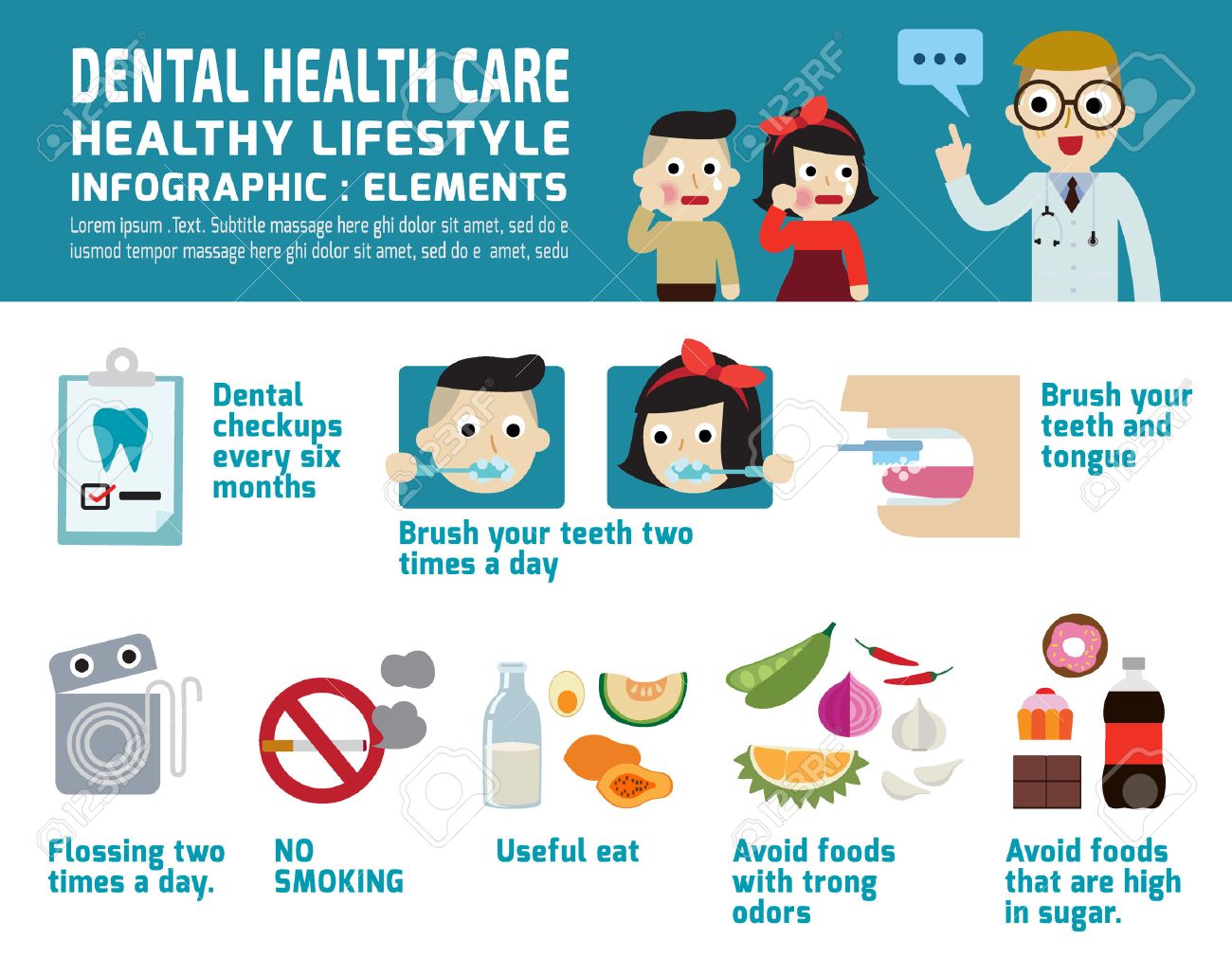The Progression Of Oral Surgery: Cutting-Edge Innovations And Advancements Affecting The Area
The Progression Of Oral Surgery: Cutting-Edge Innovations And Advancements Affecting The Area
Blog Article
Short Article Author-Petersson Browne
Welcome to the globe of oral surgery, where technologies and advances are forming the future of the field! In this amazing world, you'll witness the transformative power of robotics, the cutting-edge marvel of 3D printing, and the game-changing effect of minimally invasive methods.
The future of dental surgery holds a guarantee of precision, efficiency, and improved client outcomes. With the help of sophisticated robotics, cosmetic surgeons are able to execute complex treatments with better precision and control.
3D printing technology is changing the creation of oral implants and prosthetics, providing customized solutions that fit perfectly right into each client's distinct makeup.
Additionally, minimally invasive techniques are minimizing post-operative discomfort and recovery time, enabling individuals to go back to their every day lives earlier.
Get ready to discover the amazing developments and breakthroughs that are reshaping the landscape of oral surgery!
Advancements in Robotics
One significant innovation in dental surgery is making use of robotic innovation, which enables precise and effective surgical procedures. With the help of robot systems, oral cosmetic surgeons have the ability to execute complex surgical procedures with boosted precision, minimizing the threat of human mistake.
These robot systems are outfitted with innovative imaging modern technology and specific tools that make it possible for surgeons to browse via detailed physiological structures with ease. By using robot innovation, cosmetic surgeons can accomplish greater surgical accuracy, causing improved individual outcomes and faster healing times.
On top of that, using robotics in dental surgery enables minimally intrusive treatments, reducing the trauma to surrounding cells and advertising faster healing.
3D Printing in Dental Surgery
To improve the area of oral surgery, you can explore the subtopic of 3D printing in dental surgery. https://cristianbemoq.bloggerswise.com/40238081/in-sedation-dental-care-anxiety-melts-away-making-dental-visits-much-more-satisfying-find-just-how-these-techniques-can-alter-your-experience-in-the-chair has the potential to change the means dental doctors run and treat patients. Here are 4 vital ways in which 3D printing is shaping the area:
- ** Custom-made Surgical Guides **: 3D printing permits the development of highly accurate and patient-specific medical guides, enhancing the accuracy and efficiency of treatments.
- ** just click the following internet site **: With 3D printing, dental surgeons can create tailored implant prosthetics that perfectly fit a client's one-of-a-kind anatomy, causing better outcomes and person contentment.
- ** Bone Grafting **: 3D printing enables the production of patient-specific bone grafts, reducing the requirement for conventional grafting methods and improving healing and recuperation time.
- ** Education and Training **: 3D printing can be utilized to produce sensible surgical models for instructional purposes, enabling oral doctors to practice complicated treatments before doing them on people.
With austin dental office to improve accuracy, personalization, and training, 3D printing is an exciting development in the field of oral surgery.
Minimally Invasive Strategies
To better progress the area of oral surgery, welcome the potential of minimally invasive methods that can considerably profit both doctors and individuals alike.
Minimally intrusive methods are transforming the area by minimizing surgical trauma, lessening post-operative pain, and accelerating the healing procedure. These strategies involve making use of smaller lacerations and specialized tools to execute procedures with accuracy and efficiency.
By making use of sophisticated imaging innovation, such as cone beam of light computed tomography (CBCT), surgeons can accurately plan and carry out surgeries with very little invasiveness.
Furthermore, making use of lasers in dental surgery enables specific tissue cutting and coagulation, causing lessened bleeding and decreased recovery time.
With minimally invasive strategies, patients can experience quicker healing, lowered scarring, and improved outcomes, making it an important facet of the future of dental surgery.
Conclusion
So, as you can see, the future of oral surgery is extremely promising, with interesting developments and developments forming the area.
From the advancements in robotics to making use of 3D printing and minimally invasive techniques, dental specialists are reinventing the means they supply care.
While linked site might bother with the potential expense related to these advancements, it is very important to bear in mind that these modern technologies eventually enhance client outcomes and lower recuperation time, making them well worth the investment over time.
